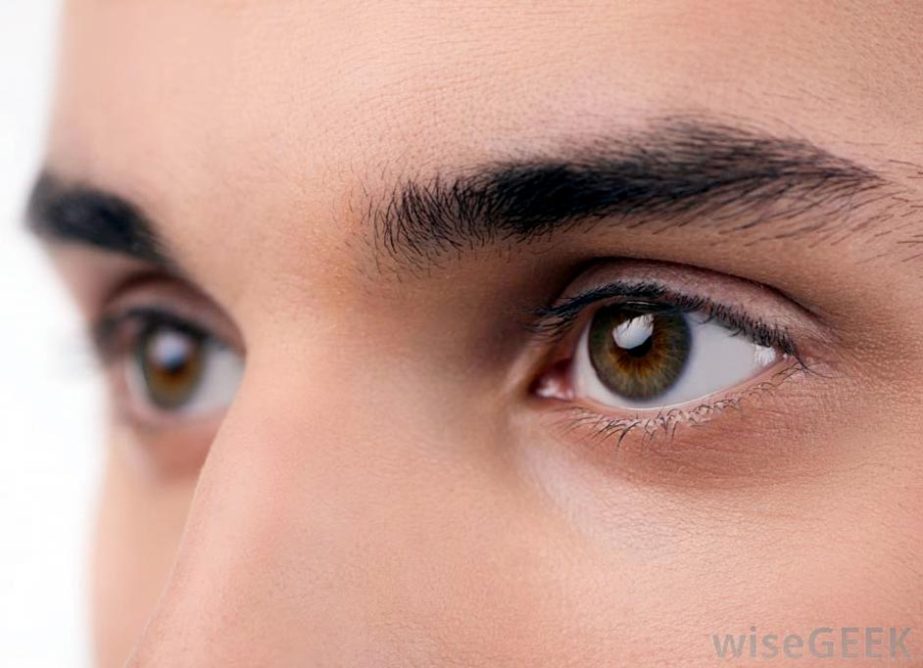
Life Desk:
The only pigment present in the eye is brown in color. There are neither blue nor green pigments in the eye. The various colours of the eye are due to the presence of melanocytes.
Colors like blue, green, hazel, etc have no relation with pigment present in the eyes. The reason for people to believe that their eyes are colored is due to optical illusion.
‘Pigment melanin determines the color of the eye. Less melanin, lighter the eye color; more melanin, darker the eye color.’ “Everyone has melanin in the iris of their eye and the amount that they have determines their eye colour,” said Dr. Gary Heiting, a licensed optometrist and senior editor of the eye care website All About Vision.
“There’s really only brown type of pigment,” says Dr. Heiting.
Dr. Heiting reported CNN that technically all eyes are brown. The melanocytes present varies from individual to individual.
The various shades of the eye is due to the presence of melanocytes in smaller amounts and hence, eyes are lighter in color.
“Those with less melanocytes can not absorb as much light, so more light is reflected back out of the eye,” quoted Dr. Heiting.
Light when scattered reflects back in shorter wavelengths which is called as scattering. Shorter wavelengths when seen on the color spectrum reveal the color blue.
-From Web
The only pigment present in the eye is brown in color. There are neither blue nor green pigments in the eye. The various colours of the eye are due to the presence of melanocytes.
Colors like blue, green, hazel, etc have no relation with pigment present in the eyes. The reason for people to believe that their eyes are colored is due to optical illusion.
‘Pigment melanin determines the color of the eye. Less melanin, lighter the eye color; more melanin, darker the eye color.’ “Everyone has melanin in the iris of their eye and the amount that they have determines their eye colour,” said Dr. Gary Heiting, a licensed optometrist and senior editor of the eye care website All About Vision.
“There’s really only brown type of pigment,” says Dr. Heiting.
Dr. Heiting reported CNN that technically all eyes are brown. The melanocytes present varies from individual to individual.
The various shades of the eye is due to the presence of melanocytes in smaller amounts and hence, eyes are lighter in color.
“Those with less melanocytes can not absorb as much light, so more light is reflected back out of the eye,” quoted Dr. Heiting.
Light when scattered reflects back in shorter wavelengths which is called as scattering. Shorter wavelengths when seen on the color spectrum reveal the color blue.
-From Web

